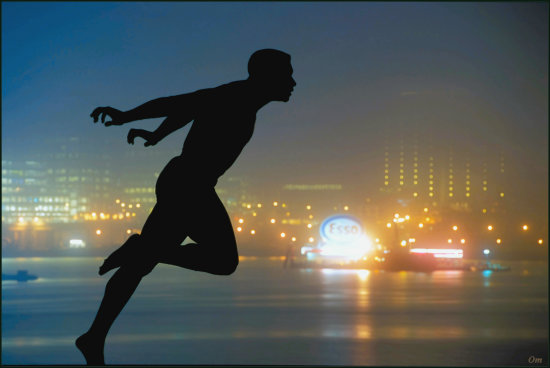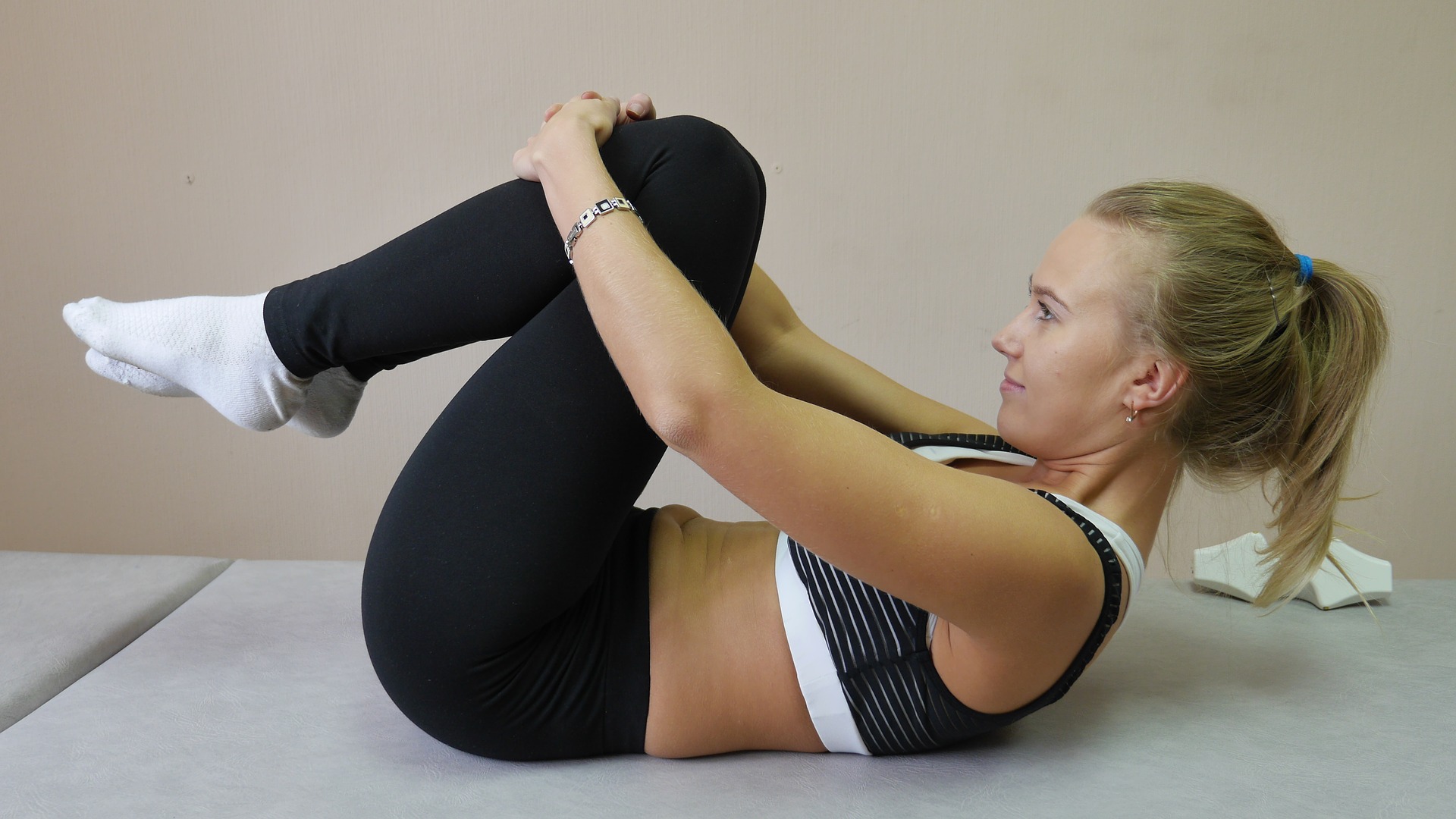
If you’re going to run, then it’s a good idea to take the time and effort to do it well.
Just because you CAN run doesn’t mean you know HOW to run. And just because you can run fast or far in a decent time also doesn’t mean you know HOW to run most efficiently or in a way that will lessen negative stress to your joints.
People tend to think that running is a natural thing. Maybe it’s because we all ran as kids without running instruction and seemed to do just fine then. But that was a different kind of running – running for play, not steady-state, long-distance running. When was the last time you saw an 8-year-old run a marathon or a 5K? We also hadn’t been stuck at a desk or worn high heels for years, nor were we as big or heavy as we probably are now.
While your running could likely benefit from some bodywork in the form of joint manipulation, soft tissue work such as massage and various other myofascial release techniques – there is a good chance that learning to run as a skill would benefit you even more than those things.
LEARNING TO RUN will have the benefits of increased efficiency (such as a better time with less effort) and decreased pain and injury.
THE FIRST PROBLEM WITH RUNNING OFTEN STARTS WITH YOUR SHOES.
While running shoes can be very helpful, they can also be a hindrance to proper running gait. Shoes can take away the natural feedback that would force us to run more efficiently. An example of this is heel cushioning. A shoe can allow you to heel strike in a way that is very unnatural and creates a braking effect as well as creating higher shock forces through your leg muscles and bone. Try jumping up and down on your heels for a while without shoes on and see how that feels.
If you’re going to insist on heel striking, then you need to keep that big heel cushion on your shoe, but if you want to change your running gait then continuing with that big bulky heel is going to make it more difficult to change.
Shoes with a narrow toe box can also squeeze your toes too tightly which inhibits the ability of your toes to spread out and disperse forces more effectively. It also limits big-toe dorsiflexion which serves to reinforce arch stability – we call this the Windlass effect.
A shoe should protect your foot enough while allowing your foot to function maximally in the way that it is best designed and suited.
There are performance-based exceptions to this rule where we may expose ourselves to risk for the sake of competitive performance advantage.
LEARN TO RUN
Since most runners land with a heel strike, let’s start by understanding why there is a better strategy.
This first video is not very exciting, but it explains some important things in regards to striking and landing mechanics regarding the heel strike versus a more forefoot strike.
You can skip ahead to the noted times to get the two main points of the video.
3:20 – The problem with heel striking explained
4:20 – breaking/wheel analogy explained.
This next video expands on this concept of getting away from a heel strike and controlling speed by
The next videos are the shortest yet most comprehensive that I’ve found for explanation and drills for working on changing your gait to this POSE style of running.
Part 1
Part 2
Part 3 and Part 4 also have good stuff in them and additional drills if you would like to try to work on this.
From the above videos and practicing these gait mechanics, these are some cues and drills that I’ve found most helpful.
- Minimizing foot-ground contact time
- As I personally practiced this running style, one of the cues that made everything come together a lot more naturally was minimizing my foot to ground contact time. Don’t take this to the extreme but your foot should be on the ground for less time than what probably feels natural to you.
- This utilizes the mechanical property of stored elastic energy. An overly soft shoe will absorb much of this, decreasing your efficiency.
- You can get a metronome app and easily work on this. 170-180 beats/min is the magic number. Below 160 is a problem.
- DON’Toverstride – DO land mid to forefoot with your foot under you – not out in front of you.
- Overstriding causes heel strike which increases shock force to your legs and hips – it also creates a braking effect which slows you down.
- If you want to run faster – just lean forward a little further.
- DO land with your foot pointing straight ahead and KEEP it that way through your stride.
- Avoid the toe-ing out of your lead and trail leg.
- This allows for better big toe dorsiflexion which supports your arch and disperses forces better (windlass effect).
- This puts the musculature of your glutes and hamstrings in a more advantageous position.
- This minimizes knee valgus collapse which can and will likely lead to foot and/or knee and/or hip issues.
- Hip flexor tightness is often a culprit causing the outward turn of the foot – the back foot of the trailing leg turns out as the tight hip has to externally rotate and the foot and hip never make it back to neutral by the time you replant your foot. Limited mobility in ankle dorsiflexion can also be a cause.
- DO wear a shoe that allows your toes to spread a little and doesn’t have a heel lift so high that it forces you to heel strike, unless of course, you’re committed to heel striking, then keep it.
- If your shoes squeeze your toes together too tightly it makes it difficult for your big-toe to dorsiflex and support your arch which helps to disperse impact forces and spare your tissues.
- Also, DON’T
curl your toes like you do when you wear flip-flops. Make sure your shoes feel secure so you don’t feel like you have to keep them on with your toes.
- Barefoot Running Drill
- Doing some short distance barefoot running is a natural way to eliminate heel strike. Without a cushion on your heel, you are very unlikely to hammer your heel into the ground.
- Uphill Running Drill
- Running up a slightly graded hill tends to naturally get us to utilize more of a body lean, less of a heel-strike and more of a forefoot strike.
For a little more on these types of tips – you can check out this link.
Since this method of running brings the hamstrings into greater activation than you are likely used to, you may have to ease into it. In other words, don’t expect to just be able to do your normal distances right away with this technique.
Many running schools of thought essentially prioritize running volume over things like technique.
One component that is taught in the POSE method of running is to work on your running technique and add volume to your technique. Often as you initially try to go and run with the POSE technique, you will fatigue at a certain point, and your form will break down, and you will revert to old habits. This would be a good time to walk for a little bit to recover and then start again with good technique or just simply call it a day at that point. Try to avoid that slow “shuffle” run – it will only reinforce poor habits.

